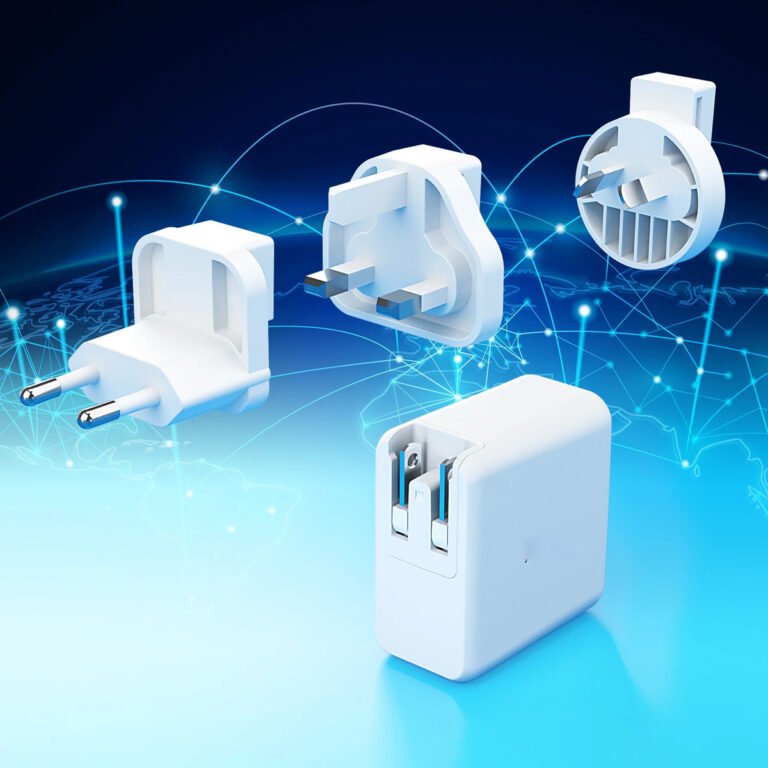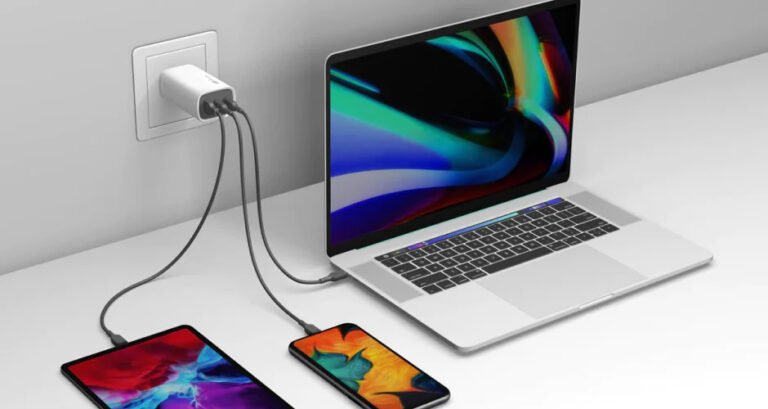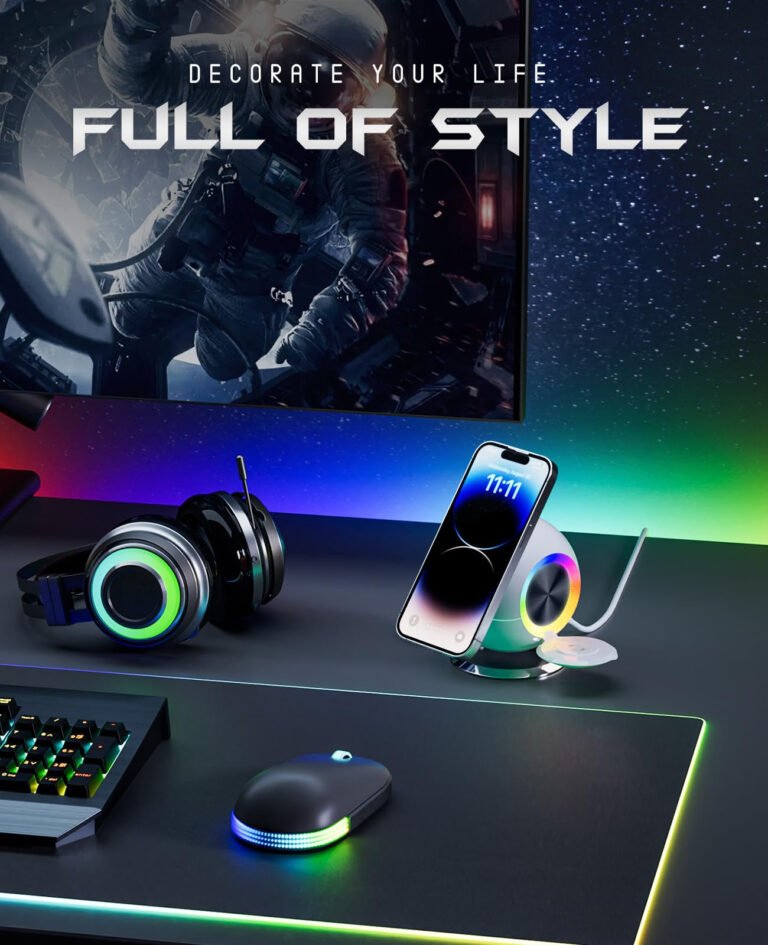Introduction
In recent years, with development, we have entered the era of information and technology.
Today, mobile phones have become an electronic device that we rely on and cannot leave . It has brought too much convenience and changed everyone’s habits. The changes in mobile phones will undoubtedly attract more attention. Today, let’s take a look at the future trend of mobile phones – the development of wireless charging.
Wireless charging technology did not originate from mobile phones. A breakthrough in this technology was made as early as a hundred years ago.
In fact, the earliest wireless charging technology was invented by Nikola Tesla.
In 1890, physicist and electrical engineer Nikola Tesla had already conducted experiments on wireless power transmission. The International System of Units for magnetic induction intensity is also named after him.
The origin of Qi wireless charging protocol
The wireless power transmission method envisioned by Tesla is to use the earth as the inner conductor and the earth’s ionosphere as the outer conductor. By amplifying the transmitter in a radial electromagnetic wave oscillation mode, a low-frequency resonance of about 8 Hz is established between the earth and the ionosphere, and then the surface electromagnetic waves surrounding the earth are used to transmit energy.
There are many technologies that can realize wireless charging applications and the two most common and well-known are: electromagnetic induction and electromagnetic resonance.
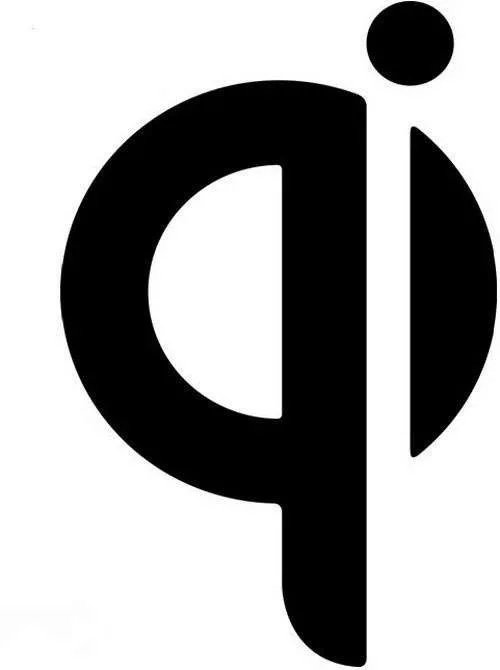
In order to unify the wireless charging standards for mobile phones, the Wireless Power Consortium was established on December 17, 2008, and the 1.0 version of the standard was released in March 2010. The logo of the Wireless Power Consortium is “Qi”.
From now on, as long as the mobile phone has the Qi logo, it can be charged with a Qi wireless charger, thus solving the common problem that mobile phones are different but have the same technology.
Early representative products of the Qi standard include Nokia Lumia 920, Nokia Lumia 820, Google Nexus 4, etc. Qi is the earliest established, most widely distributed and most popular wireless charging standard in the industry.
As mobile phones become more and more popular with wireless functions, On January 9, 2009, Palm announced its new operating system webOS and its first mobile phone Palm Pre at the CES exhibition.
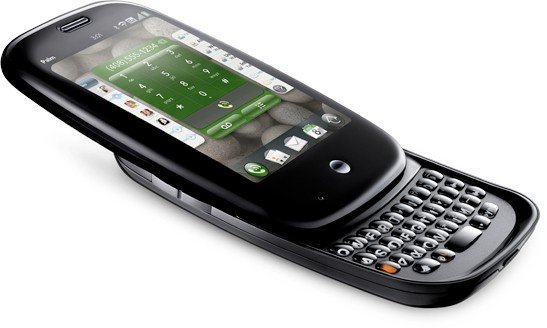
This was the world’s first smartphone to support wireless charging, which meant that the phone did not adopt the Qi wireless charging standard that had just been released at the time.
To experience wireless charging, you need to replace the dedicated back cover and the Palm Touchstone wireless charger. With a charging power of 5W, it takes one hour and forty minutes to fully charge the Palm Pre 1150mAh battery.
In 2010, Palm released the Palm Pre Plus, which had little improvement, while Apple released the iPhone 4, and Palm’s glory was completely overshadowed by Apple.
The first Qi wireless charging mobilephone
On August 8, 2011, Japanese operator NTT Docomo and Sharp jointly released the SH-13C smartphone, which still maintained the bold style of Japanese mobile phones in color matching.

This is the world’s first wireless charging mobile phone that supports the qi standard protocol, but it was born in the closed-door Japan. In the history of mobile phones, Japanese companies cannot be ignored. Japanese companies are involved in every link of the mobile phone chain, and they are all at the forefront. The Japanese style of studying technology behind closed doors is worthy of our praise and reflection.
The Development of Wireless Charging Mobile Phones
On October 30, 2012, Google launched Nexus 4, the fourth Android smartphone under the Nexus brand. It was designed and manufactured by LG Electronics and equipped with a Qualcomm Snapdragon S4 Pro processor.
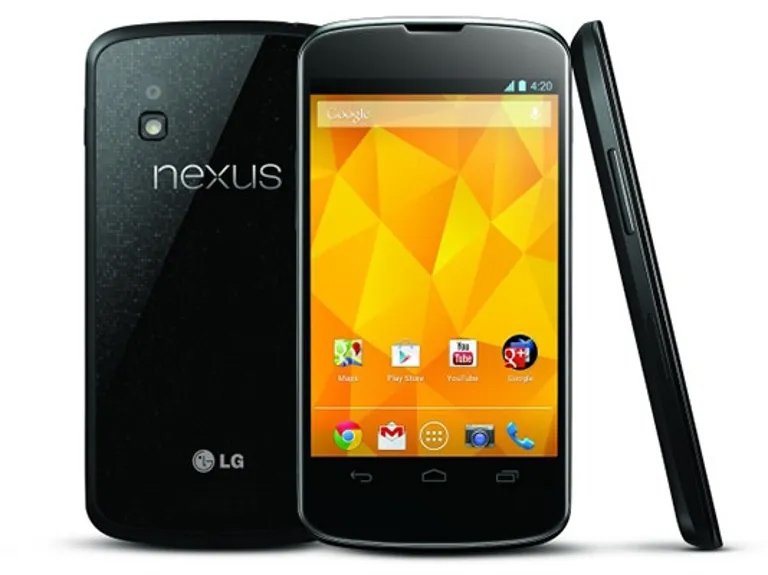
This phone supports wireless charging, and the charging technology used by the Nexus 4 base is the internationally accepted Qi wireless charging standard.
Google’s Nexus series of mobile phones are all manufactured by other companies. Nexus One is manufactured by HTC, Nexus S is manufactured by Samsung, Galaxy Nexus is manufactured by Samsung, Nexus 4 is manufactured by LG, Nexus 5 is manufactured by LG, Nexus 6 is manufactured by Motorola, Nexus 5X is manufactured by LG, Nexus 6P is manufactured by Huawei, and Nexus 7 is manufactured by ASUS.
In November 2012, Nokia released Lumia 920, and its competitors at the same time were iPhone 5 and Samsung S3.
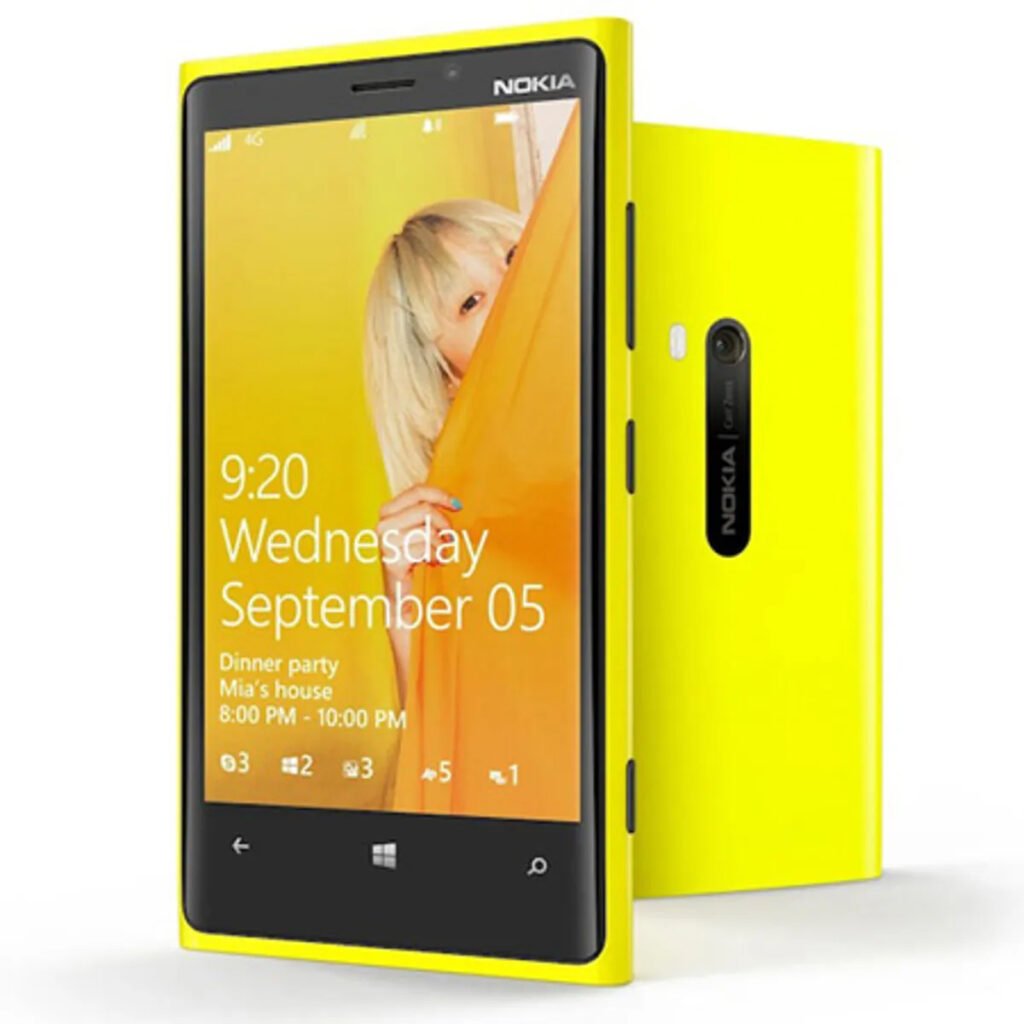
Lumia 920 is the first mobile phone equipped with Windows Phone 8 system, the industry’s first smartphone equipped with optical image stabilization component, and one of Nokia’s first smartphones with wireless charging function, which adopts the Qi international wireless charging standard.
The Lumia 810, which was launched at the same time, also supports wireless charging, as well as the Lumia 830, Lumia 925, Lumia 928, Lumia 929, Lumia 930, Lumia 1020, Lumia 1520, 8 Sirocco, etc.
One year after the release of Lumia 920, Nokia’s mobile phone business was officially incorporated into Microsoft. This was followed by Microsoft’s “de-Nokia” strategic adjustment, and Nokia began to decline.
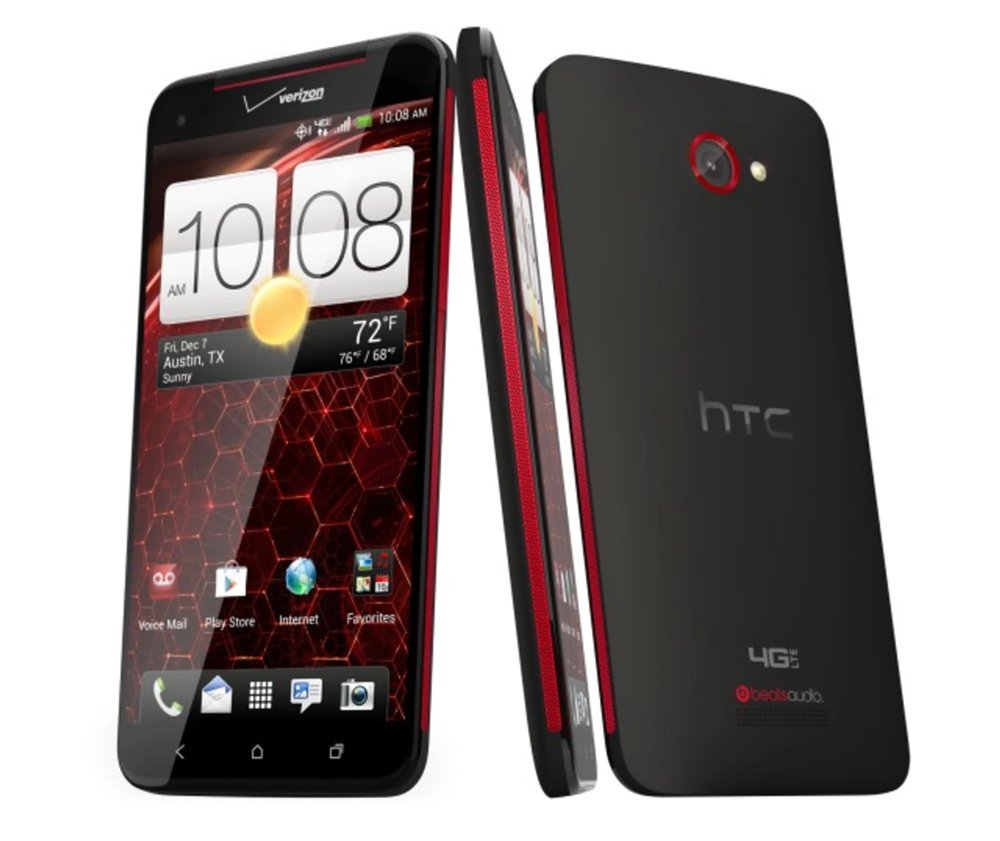
On October 17, 2012, HTC launched a new phone. The customized version for Japanese and American operators was called HTC Droid DNA, and the domestic version was called HTC Butterfly, model X920e. Due to regional differences, only the US version supported wireless charging, including the later HTC 8X (US version). HTC Droid DNA was the only 1080P resolution smartphone on the market at the time.
It was not until September 13, 2017, when iPhone8, Plus, and iPhoneX were released. Apple had just joined the Qi Standard Association and released three machines that supported wireless charging. With Apple’s appeal, wireless charging began to enter the public eye and was adopted by more manufacturers.
After that, the wireless charging camp began to grow: Sony Xperia XZ2 was released on February 26, 2018. Xiaomi MIX 2S was released on March 27, 2018. Nut R1 was released on May 15, 2018.
On October 16, 2018, Huawei Mate 20 Pro was released, which not only supports 15W wireless charging, but also innovatively released 5W reverse wireless charging technology.
On September 24, 2019, Xiaomi 9pro once again broke two records, supporting 30W wireless flash charging and 10W wireless reverse charging.
On April 13, 2020, OPPO Ace2 was released, which increased the wireless charging power to 40W.
On July 15, 2020, OPPO held a special online press conference. In addition to launching 120W wired charging, it also increased wireless charging to 65W, increasing the power from 5 watts to the current 65 watts.

On October 29, 2024, Xiaomi officially released the Xiaomi 15 series models, which adopt a charging combination of 90W wired charging, 50W wireless charging, and 6100mAh battery.
Simply put, charging technology has made great breakthroughs in the past few years. Although space charging may not be realized in a short time, the power and basic distance of wireless charging have been solved, and its application in commercial and household fields has been put on the agenda.

